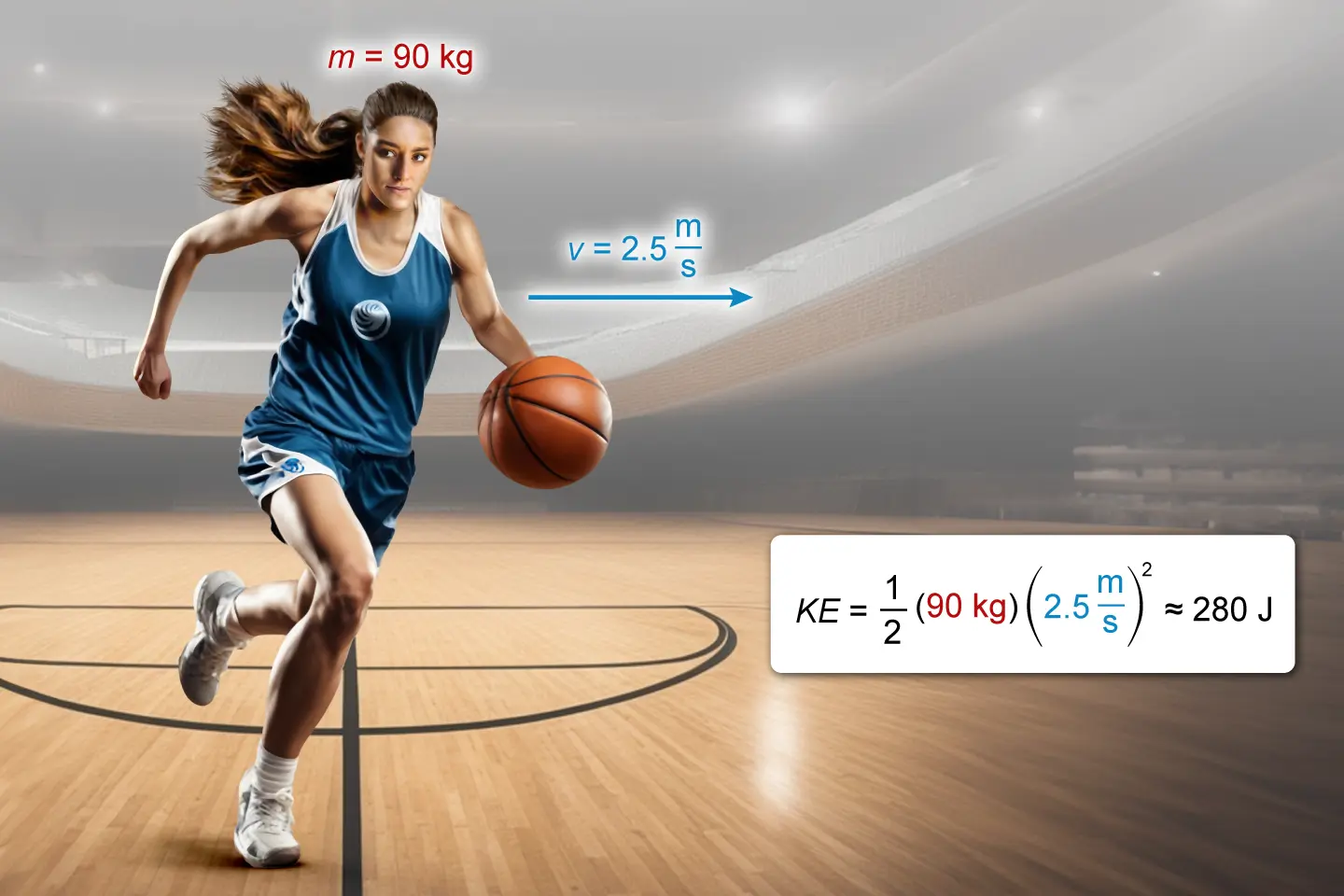Important SAT Update: Transition to Digital SAT
Effective December 3, 2023, the traditional paper-and-pencil format of the SAT has been discontinued. Starting in 2024, all students are required to take the Digital SAT, ushering in substantial changes in duration, format, material coverage, and question types. This shift to the Digital SAT represents a departure from traditional testing methods. It is crucial for students, educators, and test-takers to acquaint themselves with the new examination structure. Read more about the Digital SAT here.
What is an evidence support question?
The goal of evidence support questions is to assess your ability to provide reasoning for your answer choices. You need to have an understanding of how the author constructs or supports conclusions in the passage, while also evaluating your own thought processes or reactions to the evidence an author uses for his or her claims.
What is asked by evidence support questions?
Evidence support questions will ask you to:
- Provide evidence that supports your previous answer choices.
- Determine how evidence is used to support an author’s claim.
- Improve the presentation of the main ideas.
- Assess how a graphic’s data supports information in the passage.
Here are some strategies to improve your performance on these kinds of questions:
1. Think independently, and avoid confusing answer choices.
First, read the passage to understand its claims and supportive information. Then you can make predictions about the answers to evidence support questions without reading the answer choices. It can be a good strategy to pause and collect your thoughts about the information presented before being possibly muddled by irrelevant choices and options.
2. Track evidence as you read.
Another great strategy for evidence-based questions is to pay attention to key information as you read the passage. If you can note the claims being made and the supporting statements or information, you may save yourself time later while sifting through the entire passage for the most relevant information.
3. Take time to understand the graphics.
To be successful in making connections between the data presented in the graphics and the information in the passage, it’s important to be sure you understand what the graphic is representing. You don’t want to make any conclusions off of a silly mistake while interpreting the data.
4. Find direct links between the evidence and the claim.
A great way to streamline your answer process when dealing with evidence-based questions is to search for synonyms between the keywords in questions and the answer choices. Assessing the word choices is a great way to find direct links between the evidence and the claims. While this tactic is simple, it is an excellent way to check your work or select an answer when pressed for time. Consider checking for synonyms for keywords in the question while evaluating the answer choices.
5. Be thorough while evaluating answer choices.
If you have time, it is important to evaluate each option before selecting your answer. Simple mistakes can harm final decisions, and while you may choose an answer that feels right to you, be sure that you don’t miss an option that contains more relevant evidence or more supportive information for a claim.
If you are looking to improve your scores in the reading section of the SAT® exam, you should consider testing these strategies out using UWorld’s SAT prep course. You will find realistic practice exams and have a chance to use detailed performance tracking tools to assess how each tactic affects your scores.




